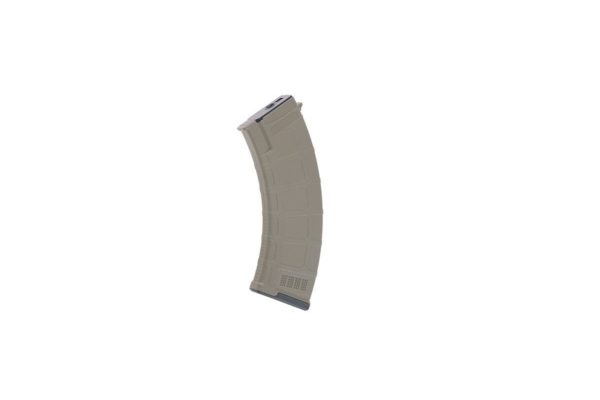

Kirkham T, Armstrong D, Djemame K, Jiang M (2014) Risk driven smart home resource management using cloud services. Ghaffari M, Ghadiri N, Manshaei MH, Lahijani MS (2017) P 4QS: a peer-to-peer privacy preserving query service for location-based mobile applications.
KAP 45 HYBRID AND FAST MAGS CODE
Xiao-Long W, Chun-Fu W, Guo-Dong L, Qing-Xie C (2017) A robot navigation method based on RFID and QR code in the warehouse. In: 2017 international conference on computing methodologies and communication (ICCMC), pp 1049–1053. Rane S, Dubey A, Parida T (2017) Design of IoT based intelligent parking system using image processing algorithms. In: 2017 global internet of things summit (GIoTS), 6–9 June 2017, pp 1–6. Neisse R, Baldini G, Steri G, Ahmad A, Fourneret E, Legeard B (2017) Improving internet of things device certification with policy-based management. Liu Z, Choo KKR, Grossschadl J (2018) Securing edge devices in the post-quantum internet of things using lattice-based cryptography. Additionally, the findings have demonstrated that when a directly proportional connection between user entries to size-in-bits, the relationship between user entries and secret key algebraic functions is reversely proportional thus higher unpredictability of plaintext and secret key may be attained. Calculations on how long it takes to produce and encrypt a single secret key have shown that the suggested architecture is efficient.

This design of secret key enhances the privacy of sensitive data notably utilized with smart Internet-of-Things (IoT) based applications. A sequence of algebraic procedures has been utilized in order to construct a particular coefficient by which the link between plaintext size and key length is customizable. Increase the unpredictability and privacy of plaintext by using such a scheme is the main objective of this design presented in this paper. Two different secret key length approaches are presented in this work. KAP has the capability to act in a different manner dependent on the plaintext input. This study designs a secret Key using an Algebraic Procedure (KAP).


 0 kommentar(er)
0 kommentar(er)
